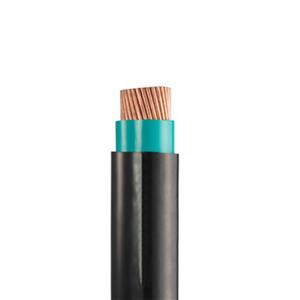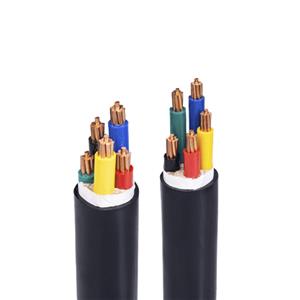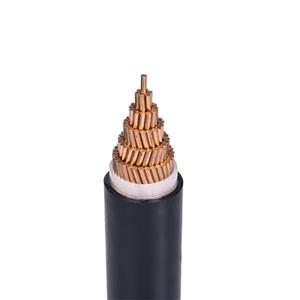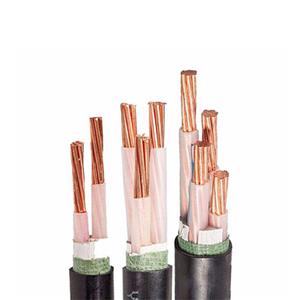How to choose flame retardant grade
As the intelligence of society becomes more and more popular, modern wiring is like the human nervous system, extending to every corner of the building. Every time everyone does an engineering or project, they only think: How many models will be used in this project? How many meters of cable should be used? There are so many wire and cable models, but their fire resistance and flame retardant requirements have been ignored by people, which has become a huge hidden danger of fire. So how to choose the fire resistance and flame retardant grade of wires and cables in project engineering design?
The cable laying environment determines to a large extent the probability that the cable will be attacked by external fire sources and the possibility of delayed combustion and disaster after fire. For example, non-resistive cables can be used for direct burial or separate pipes (metal, asbestos, cement pipes). If the cable is placed in a semi-closed bridge, trunking or special cable trench (with a cover), the flame retardant requirements can be appropriately reduced by one to two levels. It is recommended to use flame retardant Class C or Flame Retardant Class D.
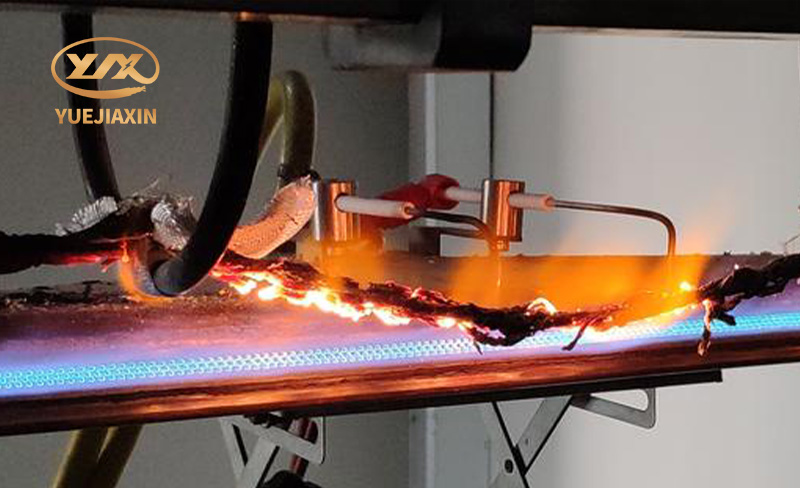
Because there are less chances of being invaded by external factors in this environment, even if it catches fire due to the narrow and occluded space, it is easy to self-extinguish and is less likely to cause a disaster. On the contrary, the flame retardant level should be appropriately increased if the fire is exposed indoors, if the space is large and the air can easily circulate. It is recommended to choose flame retardant class B or even flame retardant class A.
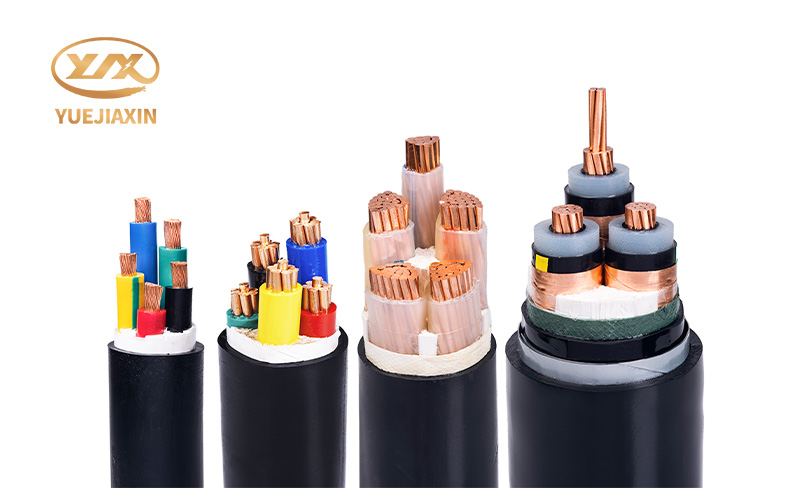
- PVC-Insulated Cable
- 450/750V BV Single- Core Cu/PVC Cable
- 450/750V BVR Single- Core Cu/PVC Cable
- 300/500V Or 450/750V RV Single-Core Cu/PVC Flexible Cable
- 300/500V Or 450/750V RVV Multi-Core Cu/PVC/PVC Flexible Black Cable
- 300/500V Or 450/750V RVV Multi-Core Cu/PVC/PVC Flexible White Cable
- 300/500V Or 450/750V RVVP Multi-Core Cu/PVC/CWS/PVC Screened Flexible Cable
- 450/750V KVV Multi-Core Cu/PVC/PVC Control Cable
- 450/750V KVV22 Multi-Core Cu/PVC/STA/PVC Armoured Control Cable
- 450/750V KVVP Multi-Core Cu/PVC/CWS/PVC Screened Control Cable
- 450/750V KVVP2-22 Multi-Core Cu/PVC/CTS/STA/PVC Screened Armoured Control Cable
- 0.6/1KV PVC-Insulated PVC-sheathed Single-Core Power Cable
- 0.6/1KV PVC-Insulated PVC-sheathed Multi-Core Power Cable

